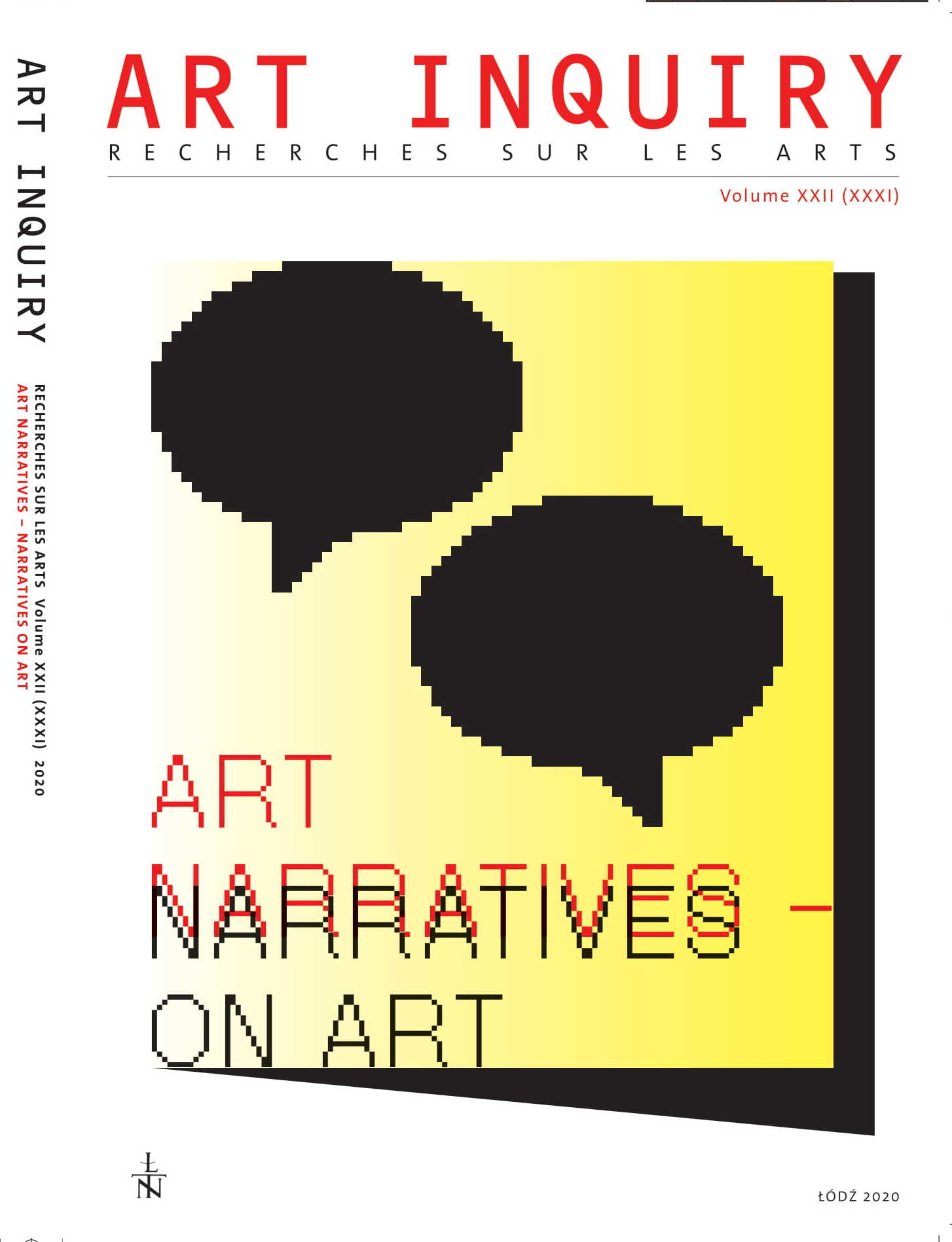Art as a Message Realized Throught Various Means of Artistic Expression
Art as a Message Realized Throught Various Means of Artistic Expression
Author(s): Piotr Gryglewski, Yulia Ivashko, Denys Chernyshev, Peng Chang, Andrii DmytrenkoSubject(s): Visual Arts
Published by: Łódzkie Towarzystwo Naukowe
Keywords: art; icon; narrative; national identity; religious and secular art; Ukraine
Summary/Abstract: From the ancient times, art has performed not only aesthetic, but primarily informational and ritual functions, since people have used artistic means to honour the divinities. In Ukraine, the instances of art have been known since the times of Trypillia culture, from the 5th century BC. Hereafter, art has used various means to deliver information. During the years of Kyivan Rus, there were mostly religious mural paintings and mosaic pictures in churches. They were not considered by the contemporaries as artworks, but only as images for worship. However, it should be noted that in St. Sophia’s Cathedral there are also some secular paintings of those times. Religious and secular murals used different art forms and means to convey information. An icon, restricted by the canon, illustrated a particular Christian dogma, whereas a secular painting gave information about everyday human life and performed some political and ideological functions. These two genres are often combined in the so-called "Ukrainian folk painting". The Mother of God, the Lord and the saints are depicted against the Ukrainian landscape, and they have Ukrainian traits. The background of folk icons depicts scenes from the everyday life of the Ukrainians, and the icons are decorated with embroidered towels and dried flowers. In the Baroque era, secular events and real people are included in canonical Christian plots. Today, we see a revival of techniques combining secular and religious painting, when icons depict the sacred participants of contemporary political events. Such icons do not meet certain requirements of the church canon, but constitute the society’s reaction to what is happening in Ukraine now. On the other hand, it is a kind of an attempt to bring Heaven closer to humans, to modernize canonical subjects and, at the same time, to promote educating the people in the spirit of patriotism. Despite the canonicity of the icon and the immutability of information conveyed through the sacred image, the methods of informative communication differed. Thus, although both the Byzantine icon and the icon of the Baroque era reported the same plot, the volume of the message that they conveyed was different. The Byzantine icon is an ascetic message-symbol, while the baroque icon is more secular and not only gives you purely religious information, but also information about the traditions, life and appearance of the people living in this period, and the political system of the state. In canonical religious art, a pictorial image is the only means of narration, whereas modern secular art often turns into a performance, with the simultaneous involvement of painting, sculpture, music and lighting effects, and avant-garde short films.
Journal: Art Inquiry
- Issue Year: 2020
- Issue No: 22
- Page Range: 57-88
- Page Count: 32
- Language: English

